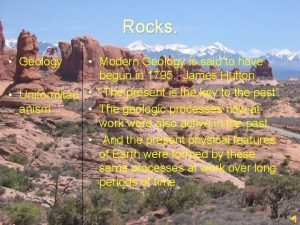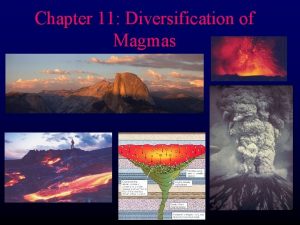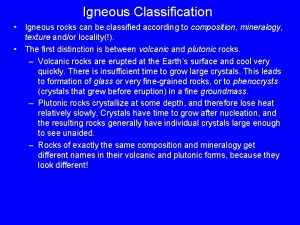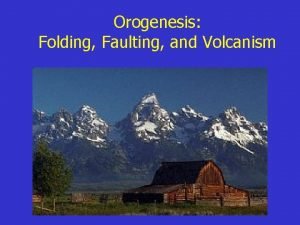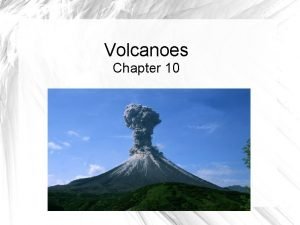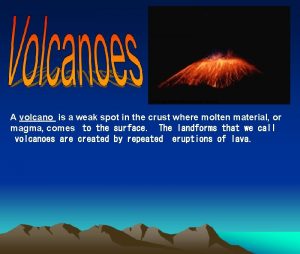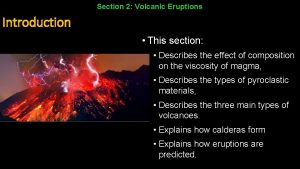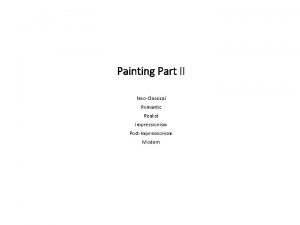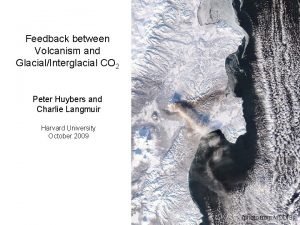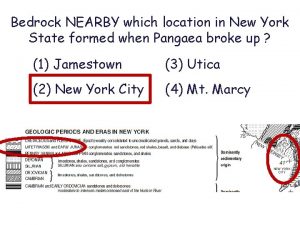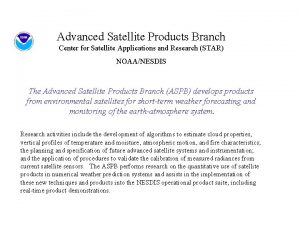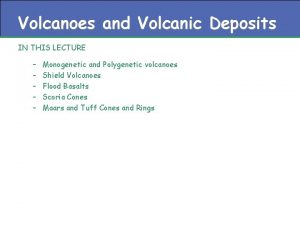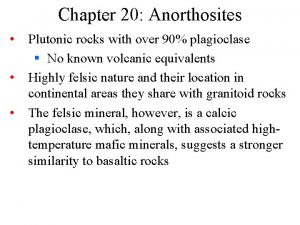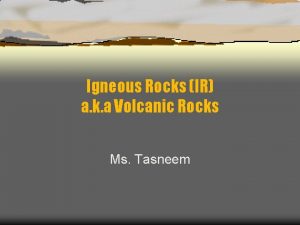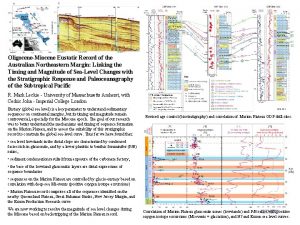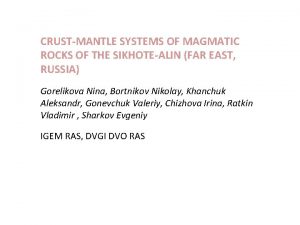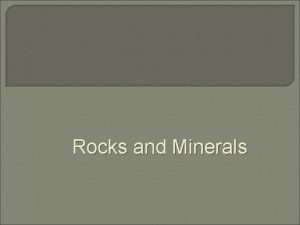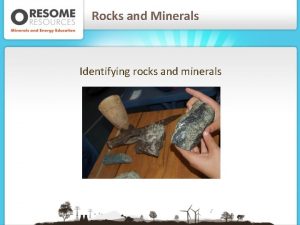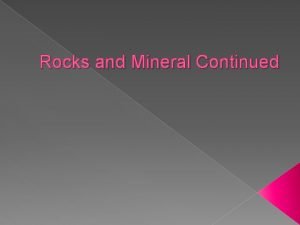OligoceneMiocene magmatic rocks plutonic and volcanic in Southern



















- Slides: 19


Oligocene-Miocene magmatic rocks (plutonic and volcanic) in Southern Balkan peninsula

Distribution of the Tertiary ore districts and deposits within the Rhodope and the Serbomacedonian metallogenic provinces in the southern Balkan peninsula. RM=Rhodope Massif, SMM=Serbomacedonian Massif, CRB=Circum Rhodope Belt, AZ=Axios Zone, SG=Srednogorie Zone. 1. Esymi, 2. Kirki-Sapes, 3. Kavala, 4. Thasos, 5. Thermes-Madan-Luky, 6. Spahievo, 7. Lozen, 8. Madjarovo, 9. Zvezdel, 10. Chalkidiki, 11. Kilkis (Doirani-Gerakario-Vathi-Pontokerasia), 12. Buchim -Damjan, 13. Kratovo-Zletovo, 14. Osogovo-Sasa-Toranica, 15. Borov Dol, 16. Aridea-Kozuf, 17. Balikesir

Ore deposits in NE Chalkidiki, Greece


GEOLOGICAL MAP OF THE SKOURIES DEPOSIT




Simplified geological map of Greek Thrace displaying the major Tertiary mineralisations

Geological sketch map showing the geology of the Maronia porphyry Cu-Mo mineralisation

Sketch map of hydrothermal alteration zoning of the Maronia porphyry type deposit. Phyllic, silicified, argillic and propylitic zones are illustrated

Simplified paragenetic assemblages of ore and alteration minerals in the Maronia porphyry Cu-Mo deposit. Line thickness represent schematically the relative abundances of the minerals

Distribution of copper (Cu) and molybdenum (Mo) within the Maronia porphyry type deposit. The element distribution also corresponds to the zones enriched in chalcopyrite and molybdenite, respectively.

Distribution of Cu, Mo, Fe, Pb, Zn, Au and Ag in drill-hole 1 from Maronia porphyry deposit (chemical anlyses from HCPFC, unpublished data) Surface samples of altered rock contain as much as 7, 600 ppm Mo, Mo 5, 460 ppm Cu and 1 ppm Au. Au Geochemical data from a drill-core revealed a 10 -mthick horizon containing as much as 12 ppm Au, Au 17 ppm Ag and 2. 00 % Cu

FLUID INCLUSIONS • Four types of fluid inclusions in ore-related quartz • Salinities from 5 to 55 wt% Na. Cl equiv • Homogenisation temperatures varying mainly from 280 to 460 °C. • Estimated trapping pressures of the ore-forming fluids range from 150 to 510 bar • Boiling is considered to be the main process of ore formation SULPHUR ISOTOPIC compositions for the pyrite and molybdenite suggest an igneous derivation of sulphur. Ascending melts and hydrothermal fluids interacted with the sulphide-bearing metavolcanic rocks, incorporating sulphur and ore metals (including Cu, Mo, Pb, Zn and Au) from the lithosphere Maronia deposit has the potential of containing economic quantities of exceptionally high-grade porphyry Cu-Mo ores, with economic gold grades



 Andesite vs granite
Andesite vs granite Volcanic or plutonic rock
Volcanic or plutonic rock Rock cycle song (sedimentary igneous metamorphic)
Rock cycle song (sedimentary igneous metamorphic) Igneous metamorphic and sedimentary
Igneous metamorphic and sedimentary Magmatic intrusion
Magmatic intrusion Liquid immiscibility in magmatic differentiation
Liquid immiscibility in magmatic differentiation Plutonic
Plutonic Extrusive vs intrusive igneous rocks
Extrusive vs intrusive igneous rocks Define folding faulting and volcanic activity
Define folding faulting and volcanic activity Types of volcanoes
Types of volcanoes Factors affecting volcanic eruption
Factors affecting volcanic eruption Primary and secondary effects of a tectonic hazard
Primary and secondary effects of a tectonic hazard A whalebone that originally contained 200 grams
A whalebone that originally contained 200 grams Volcanic ash
Volcanic ash Volcanic ash
Volcanic ash Volcanic ash
Volcanic ash Volcanic features
Volcanic features Volcanic ash
Volcanic ash Volcanic ash
Volcanic ash Volcanic ash
Volcanic ash

